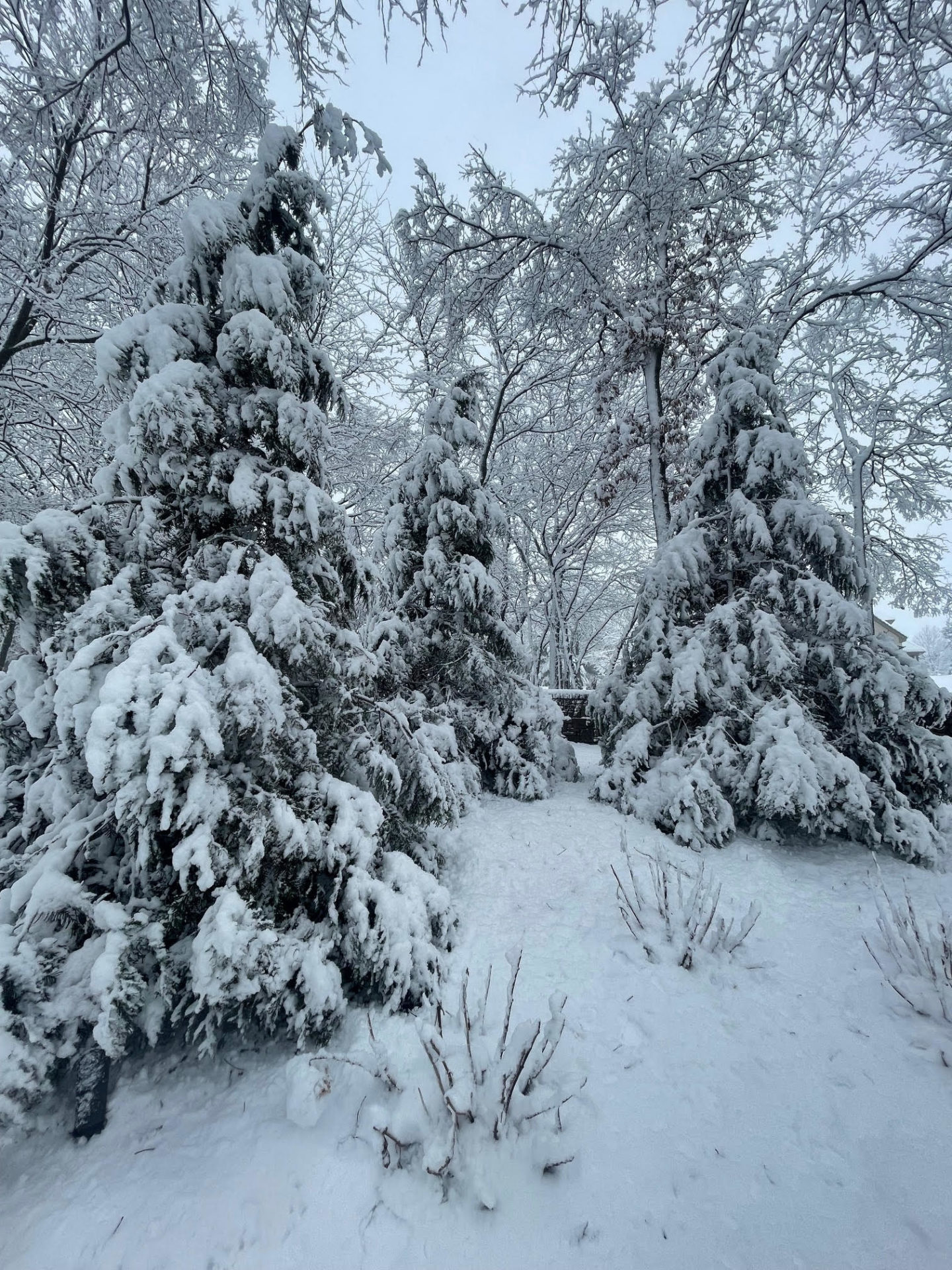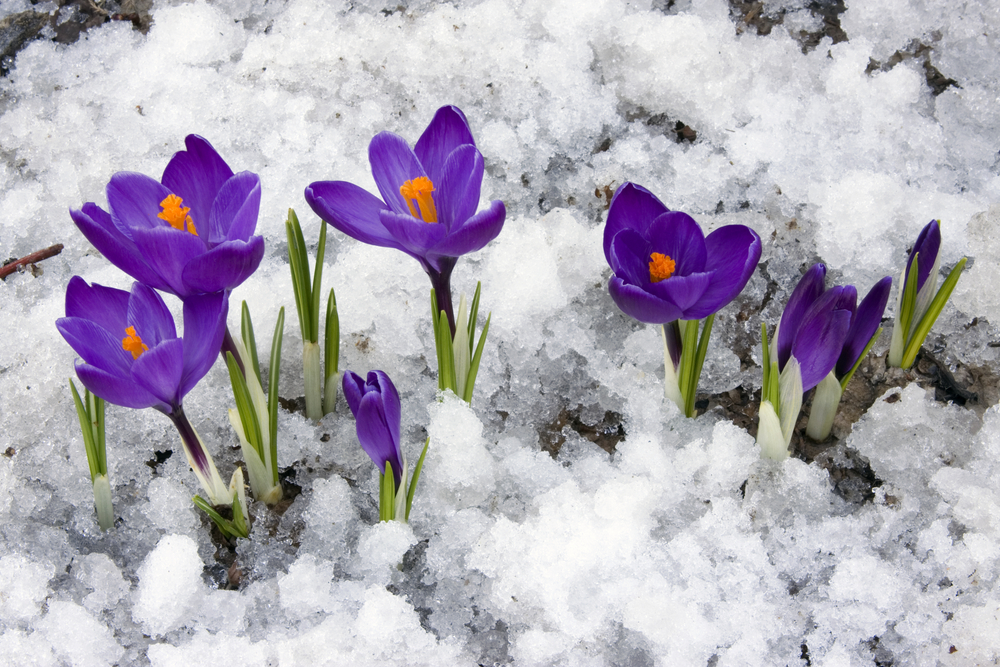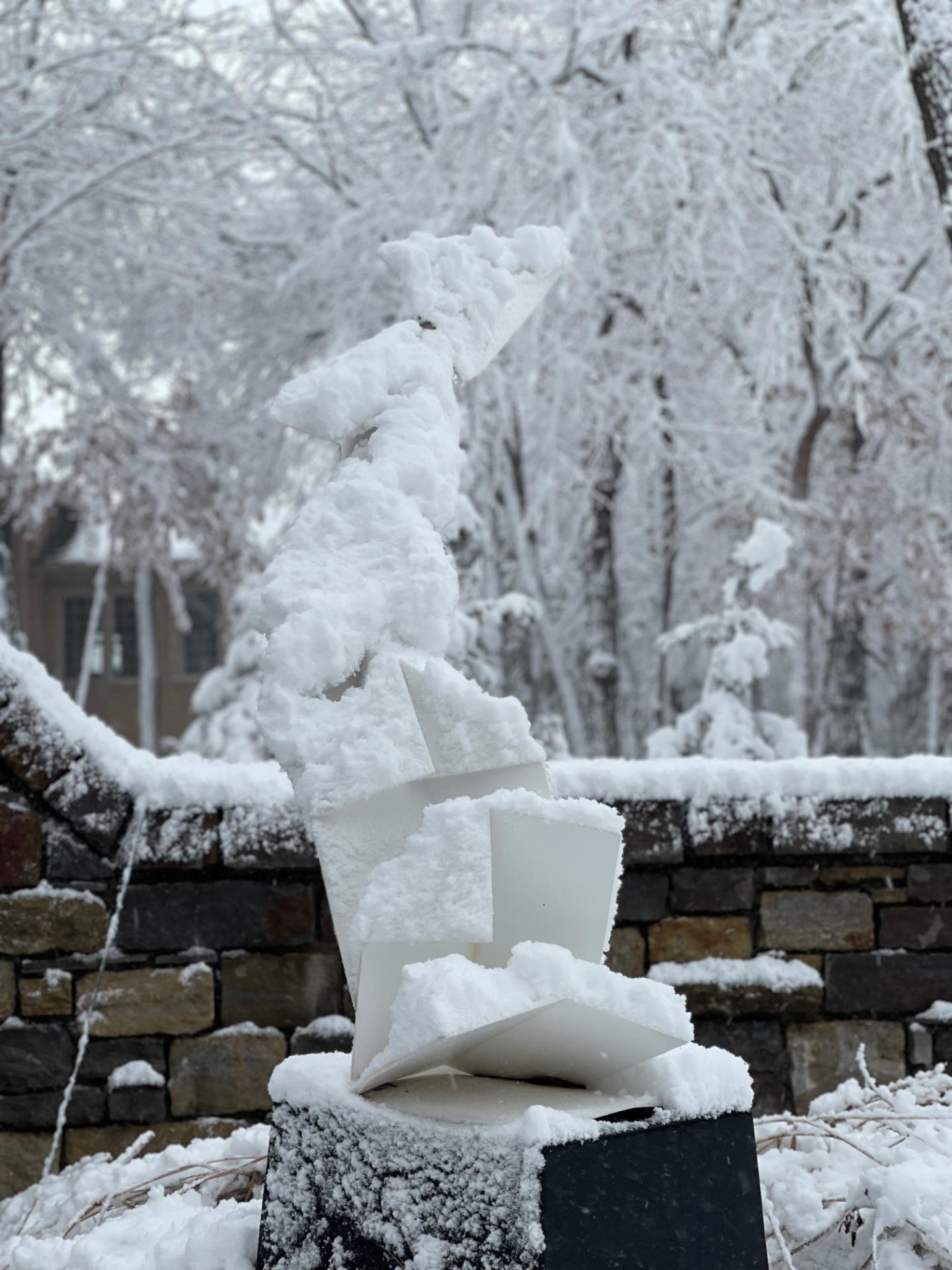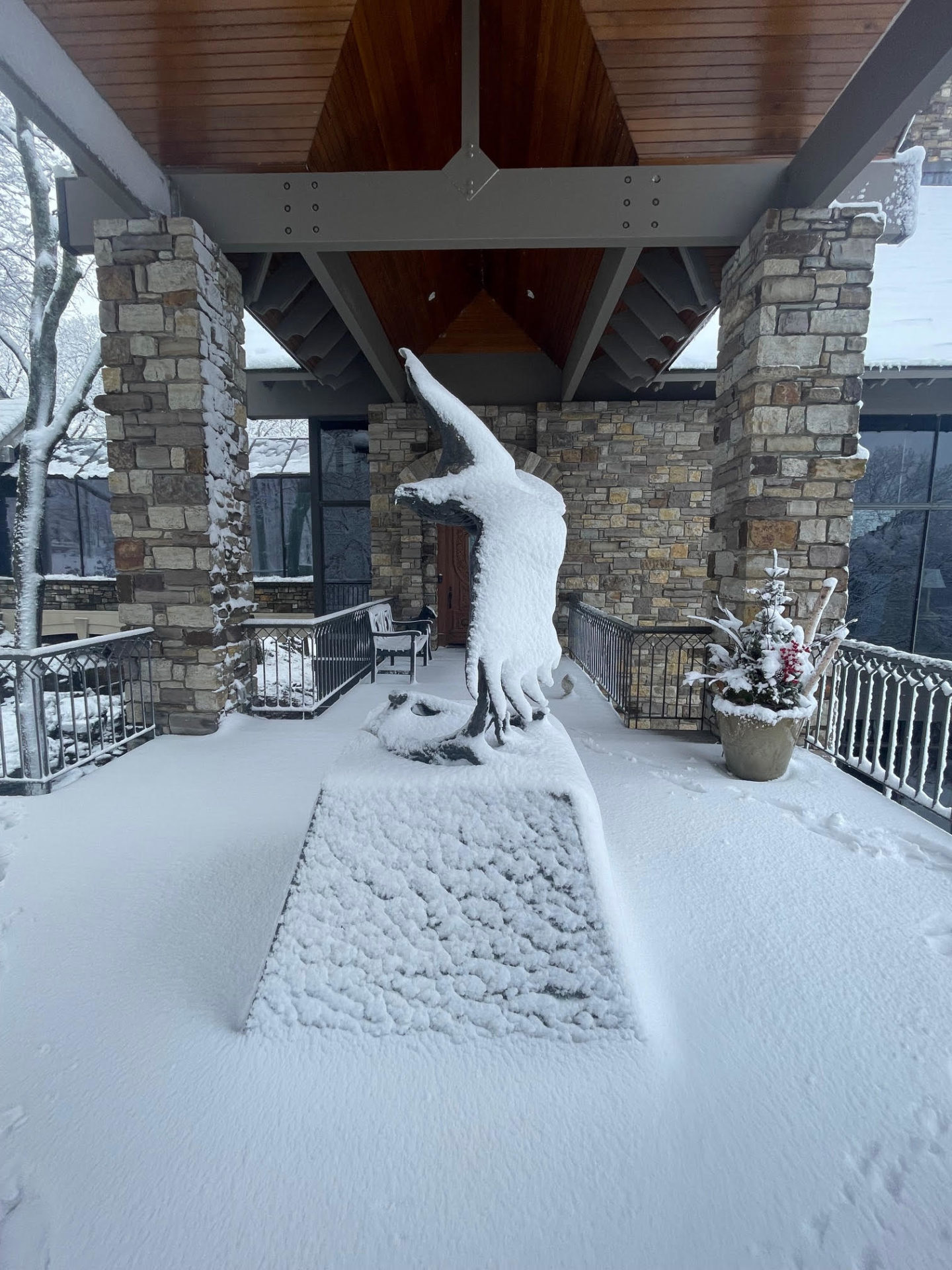
one
two
three


Keeping your outdoor living area looking appealing during the winter can be difficult. Most of the plants are dormant and there may even be a layer of snow covering your landscape. However, there are ways that you can add interest to your winter garden. Here are some tips from our experience in the garden.

Evergreen plants stay green and lush no matter what the temperature is. Juniper, holly, and other evergreen plants will stand out in the winter landscape. Boxwoods such as Green Velvet for hedges or Graham Blandy for tall, skinny spaces like entryways are very hardy and do well in our area. Evergreen trees like specialty spruces can be a great winter accent. The key is to give them plenty of water in late fall and on warm days during the winter. Applying wilt-pruf to broad-leaf evergreens in the fall is also very helpful to help these evergreens retain the moisture they need to avoid winter burn.
Many plants have berries or fruit that stay on the plant all winter. Holly has pretty red berries that birds feed on all winter. American beauty berries, possum haw, and buckbrush are a few native plants with red berries that stay all winter.

Some plants have interesting bark. Crape myrtles have bark that sheds in strips. Ninebark also has exfoliating bark. Arctic Fire Red twig dogwoods also have a bright red stem that stands out against the snow. Having different colored bark with some hanging from the trunk adds visual interest and contrast to the garden.

While most flowers bloom in the warmer months, there are plants that flower in the winter. Winter bulbs such as crocus, snowdrops, daffodils, grape hyacinths, snowflakes, and tulips can add welcome color during the winter. Hellebores are also a fun winter flowering perennial that offers a nice surprise in the snow. Other winter flowering plants include common witch hazel, a native plant, and cold hardy pansies. While pansies are technically an annual, they will survive our winters and have a showy bloom all the way through spring.

A stone wall can add interest to a landscape no matter what the season. Statues, paver paths, and other hardscape elements add interest even in the winter when the plants around them may be dormant. Water features can also create a focal feature and run through most of the winter and can be heated fairly easily as well.
Ornamental grasses are a great way to add interest to your landscape. They stay upright and maintain their bulk until they are trimmed in the spring. Maiden grass has silvery plumes that persist into winter. Switchgrass is another grass that looks nice in the fall and well into the winter.
Colorful containers of winter hardy plants like ornamental kale, pansies, or evergreens can add bright spots in the garden. They also look nice in those pots by the entryway that no longer have summer flowers in them.
Paver or natural stone pathways, patios, and decks continue to provide interest even in winter. Using lighting to strategically accent hardscapes or specimen plants that look good all winter can also add interest to the landscape.

Incorporating sculptures or other garden art can spice up a winter landscape. Colorful murals on fences or a painted sculpture can add splashes of color to the area. They also add personality to your garden. Don’t forget to shine a light on them with shorter days to show them off in the dark as well.
Birds are fun to watch in the winter and they really appreciate bird feeders, bird houses, and suet balls. Colorful feeders and painted birdhouses add their own interest to the yard. You can take a pinecone and roll it in peanut butter, then sunflowers, and hang it on a branch or near a window to provide the birds with food if you don’t want something more permanent.
Winter landscapes don’t have to be gray and dull. There are lots of ways to improve them. Royal Creations Architectural Landscaping can help you design a landscape that is interesting all year long. Schedule a consultation with us to get started.